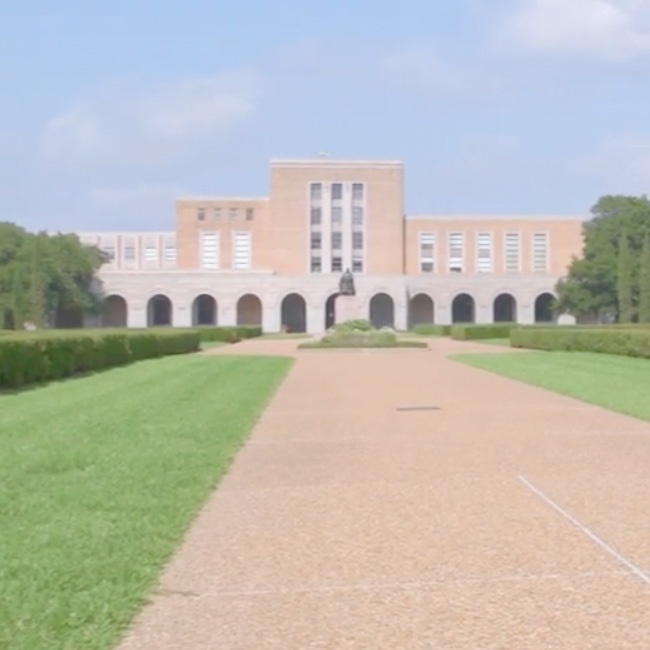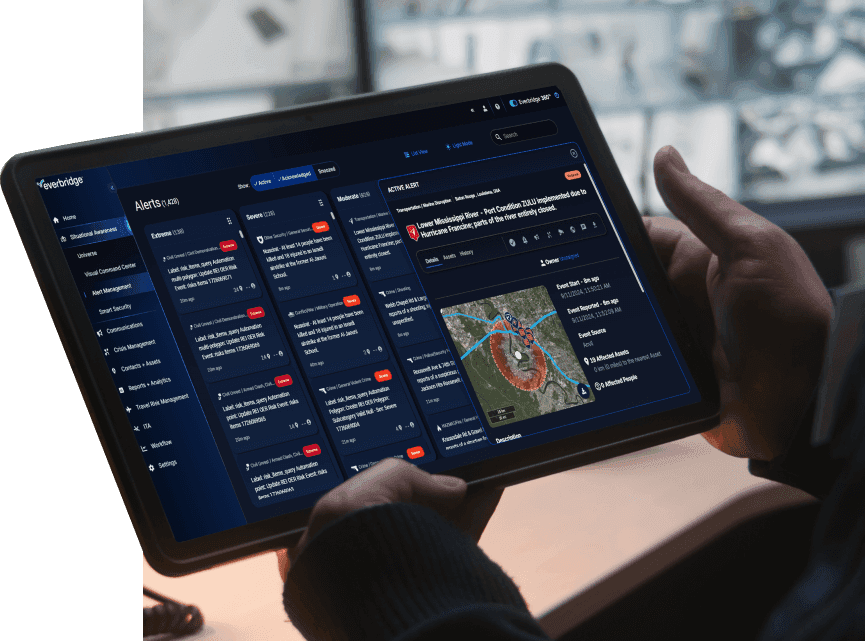Be active assailant ready
Protect people in an emergency, streamline response, automate safety measures, and protect lives during active assailant incidents, ensuring enhanced security and peace of mind.
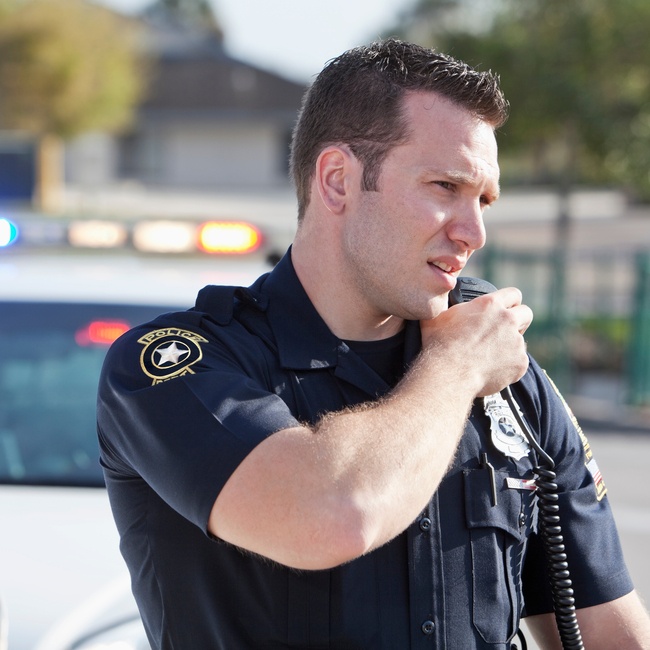
Protecting people
The need for active assailant solutions lies in their ability to deliver rapid response and effective communication during critical incidents. By enhancing situational awareness, these solutions protect lives and streamline emergency procedures, ensuring organizational readiness. As threats evolve, deploying advanced technologies is crucial to safeguard employees and assets, reducing potential disruptions. Everbridge empowers organizations to promptly manage crises, maintaining security and resilience in unpredictable environments, ensuring that every second counts when protecting human lives and operational continuity.
Rapid response
- Identifying potential threats before they escalate can be difficult without the right tools and data.
Communication
- During emergencies, quick and effective communication is crucial, ensuring that all employees are reached promptly.
Fast-paced situation
- Coordinating between various response teams can be complex, especially in larger organizations.
2024 Active assailant preparedness report
In the current dynamic threat landscape, the threat of an active assailant tops the list of potential threats security professionals say they must prepare for. Everbridge partnered with ASIS to survey around 700 security professionals to establish benchmark data on how the training, the tools, and the approach to active assailant preparedness has evolved.
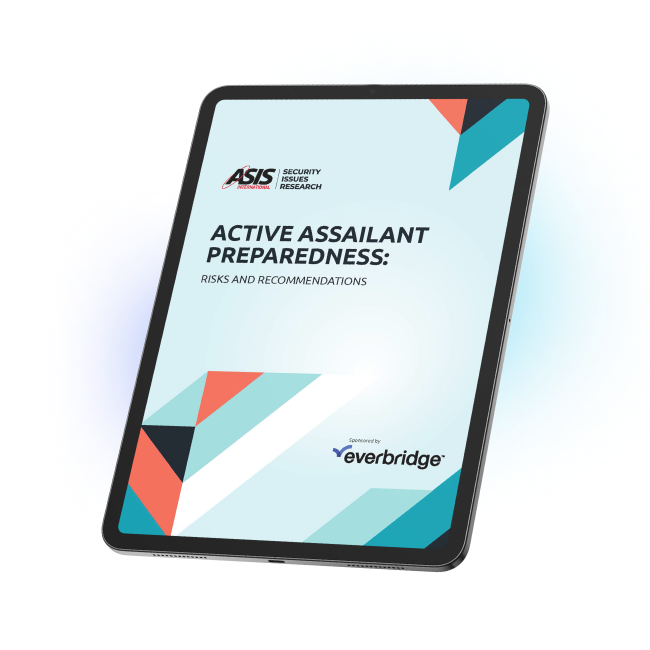
How to prepare for active assailant incidents with Everbridge
Benefits
- Real-time monitoring and alerts: help create proactive measures to protect lives.
- Improved communication with multi-channel notifications: allow for swift information dissemination and coordination.
- Efficient coordination: optimizes resource management and streamlines emergency procedures for quick and effective action.
- Enhanced situational awareness: provides a comprehensive view of ongoing incidents to support timely decision-making.
- Automated alerts: ensure rapid notification and response, minimizing the impact of critical events.
- Data-driven insights: offer valuable analytics for refining emergency response strategies and improving overall preparedness.

Features
- Instant updates: deliver critical information for immediate action.
- Multi-channel notifications: ensure comprehensive communication across all platforms.
- Secure messaging: maintains confidentiality while disseminating vital alerts.
- Automated alerts: streamline the notification process during emergencies.
- Resource tracking: optimizes asset management for effective response.
- Data analytics: provide insights for strategic planning and decision-making.
- Post-incident analysis: identifies improvements for future preparedness.

Solution
Everbridge offers a comprehensive approach to protecting people in an emergency. Our High Velocity Critical Event Management™ platform, Everbridge 360, uses Purpose-built AI functionality to provide real-time updates and a 360-degree view of ongoing situations. This ensures rapid dissemination of critical information, enabling organizations to proactively manage threats and protect lives. This robust framework is designed to address the complexities of active assailant incidents effectively.
Rice University leverages Everbridge to foster a safer community
“We have a lot of foot traffic around our campus, and for students to feel as though they have a safe journey across campus at night… we will be using that system.”
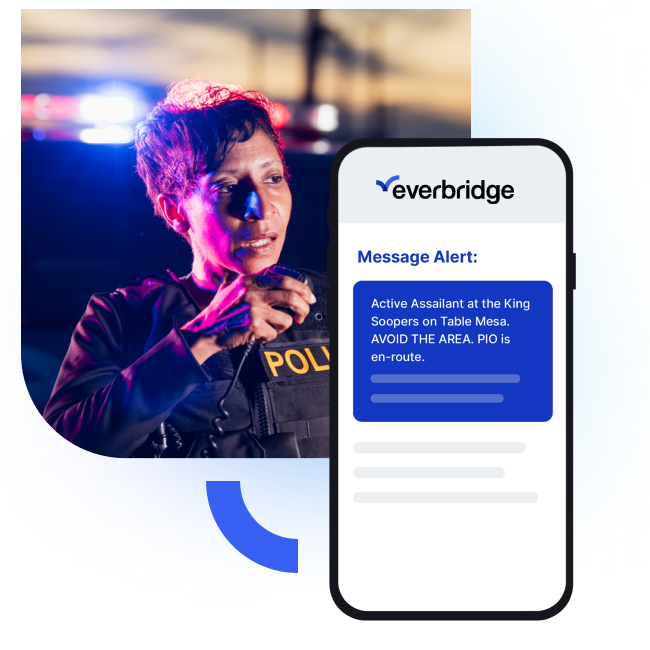
How it works
Everbridge utilizes a combination of real-time data streams, multi-channel notifications, and automated alerts. These elements collaborate to provide seamless communication and swift coordination among all stakeholders, including employees and emergency responders. Secure messaging and the ability to have visibility of student or faculty locations further enhance the operational capabilities, ensuring that the response is both timely and efficient, minimizing potential risks.
Outcome
Organizations that implement Everbridge active assailant solutions benefit from a significant improvement in organizational readiness and safety. By using Everbridge 360 organizations can benefit from enhanced situational awareness and efficient communication which can help reduce response times, leading to more effective crisis management. Organizations also gain access to our Purpose-built AI functionality, data-driven insights and post-incident analysis, which identify areas for improvement and reinforce preparedness strategies. This results in a safer environment and increased confidence in handling potential threats.
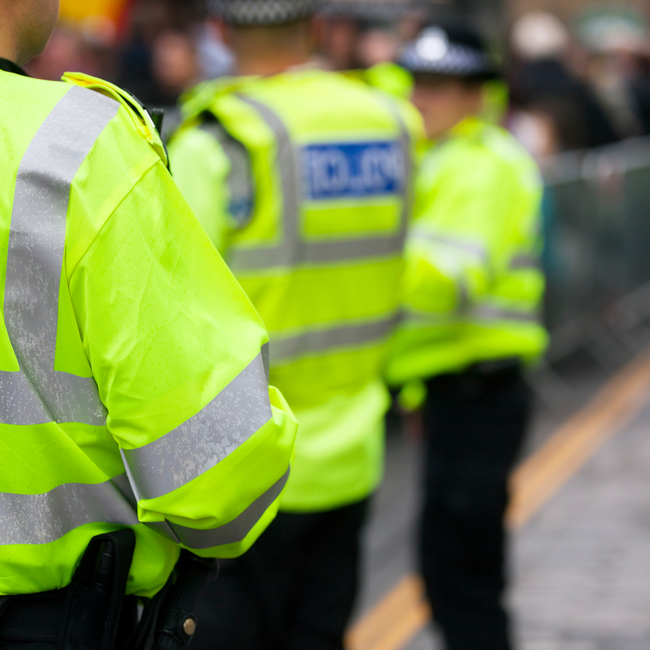

Active assailant preparedness checklist for organizations
This checklist offers a collection of strategic steps designed to enhance an organization’s readiness to face potential active assailant threats. By implementing these strategies, organizations can not only create safer environments but also build confidence in their prevention and preparedness frameworks, ensuring everyone is equipped to respond effectively in the event of an incident.
“The Everbridge tool has just made it easy for us to reach mass numbers of people, easily. An active shooter event locally, or an act of terrorism that could impact global travelers, or if it’s a weather-driven event or crisis, we feel confident that we can reach all of our employees in those situations and keep them out of harm’s way.”
Mark Terry, Director of Global Enterprise Security for Rackspace
Industry solutions for an active assailant event
Education
Active assailant incidents severely disrupt educational environments, causing emotional trauma, fear, and long-term psychological effects. They also lead to heightened security measures, altered school routines, increased absenteeism, and strained resources.
Learn about essential strategies for maintaining campus safety in our eBook on ensuring campus safety. As civil unrest on campuses becomes more frequent, having robust strategies is crucial for protecting students, faculty, and staff. This comprehensive guide equips campus administrators and security personnel with insights.
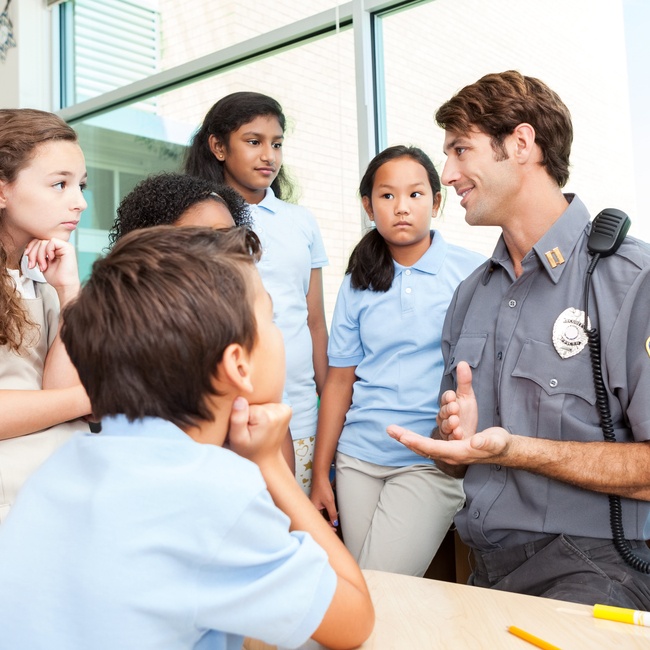
Retail
Within retail environments, active shooter incidents are a growing concern due to the potential for mass casualties. Everbridge can offer real-time monitoring, multi-channel notifications, and efficient coordination. These features enhance safety by ensuring rapid communication and streamlined responses, protecting employees and customers during critical incidents.

Government
For governmental organizations, active shooter incidents underscore the importance of robust security measures, crisis management protocols, and coordinated response efforts to protect employees, citizens, and critical infrastructure. Everbridge solutions can enhance safety protocols and protecting government personnel and facilities during critical incidents.

Corporate
Active assailant incidents severely affect corporate organizations by endangering employee safety, causing operational disruptions, incurring financial losses, and damaging reputations. Implementing a robust suite of solutions from Everbridge can mitigate these impacts and safeguard both personnel and business continuity.

Supporting resources
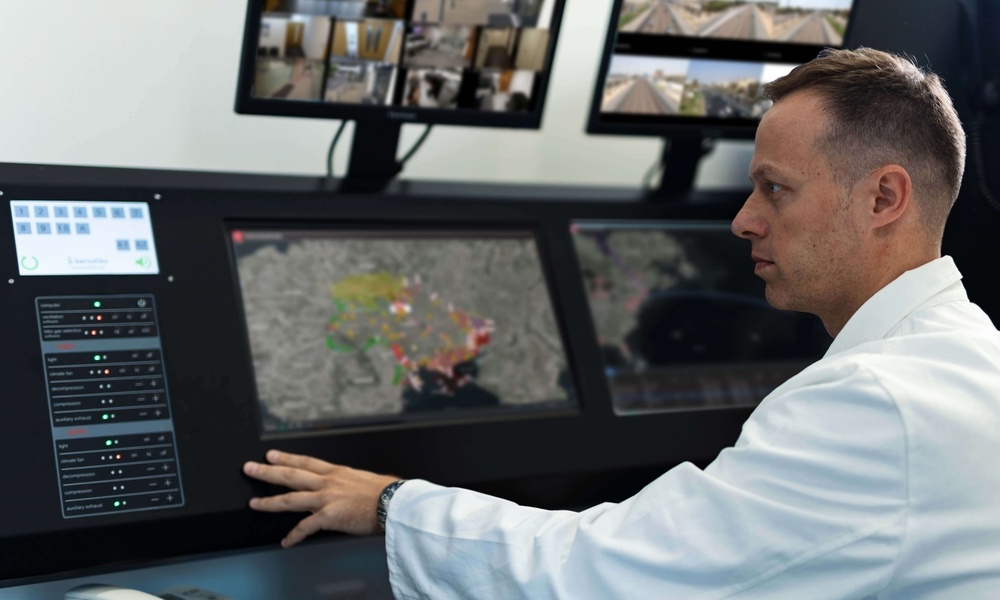
Leveraging technology for enhanced active assailant preparedness
Technological solutions have proven to be a game-changer in improving communication, and it is an essential part of active assailant preparedness.

The critical importance of active assailant preparedness in today’s workplace
Digital communication tools are essential to bridge the gap and ensure that all employees receive timely alerts and instructions during an emergency.
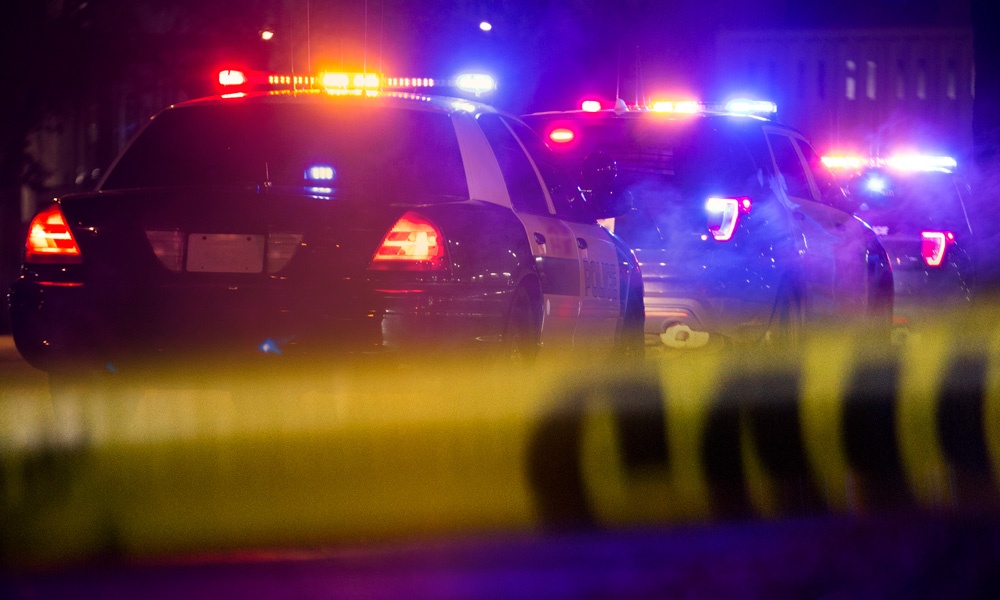
Active assailant preparedness: Risks and recommendations
Get a first look at the results of ASIS’s 2024 Active Assailant Preparedness Survey, a comprehensive compilation of insights, practices, and experiences shared by over 700 security professionals.

Guide to active shooter drills in the workplace
Ensuring the safety and security of employees has become paramount in today’s unpredictable world. The tragic rise in active shooter incidents in the US serves as a stark reminder of the need for preparedness.

Workplace safety: Protect against terrorism & active assailant threats
Watch as industry experts as they outline strategies to safeguard your organization and employees from modern-day risks.
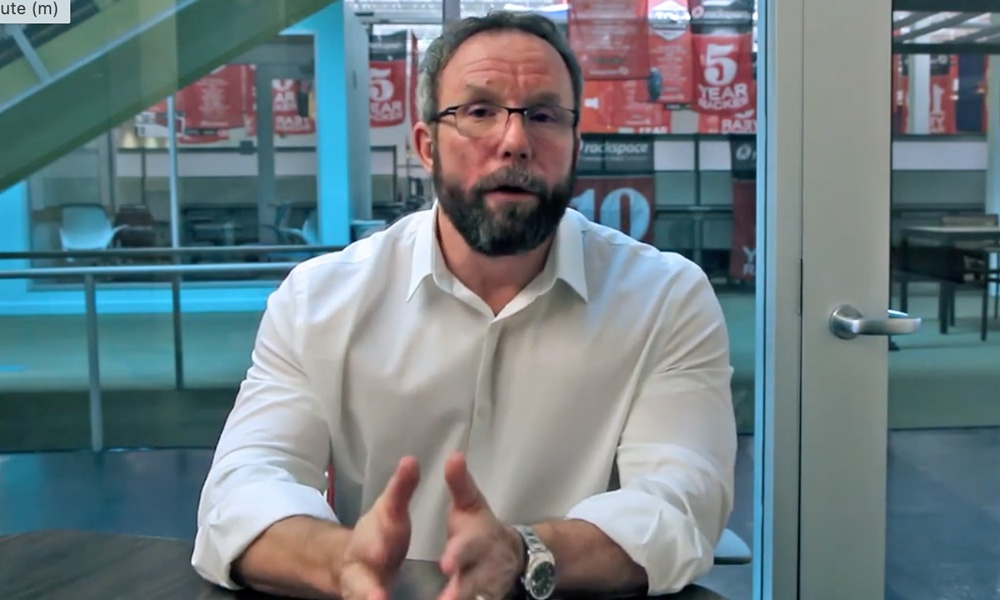
Interview with Mark Terry, Director of Global Enterprise Security at Rackspace
See why Rackspace uses Everbridge, integrated with InternationalSOS, NC4 and other systems, to launch immediate notifications to travelers and mobile employees.

Does your active assailant plan protect your people from harm and your company from liability?
Watch as Gerald “Jerry” Wilkins, Vice President at Active Risk Survival, Inc. discusses the changing liability landscape of active assailant incidents; followed by actual outcomes or recently filed litigation.
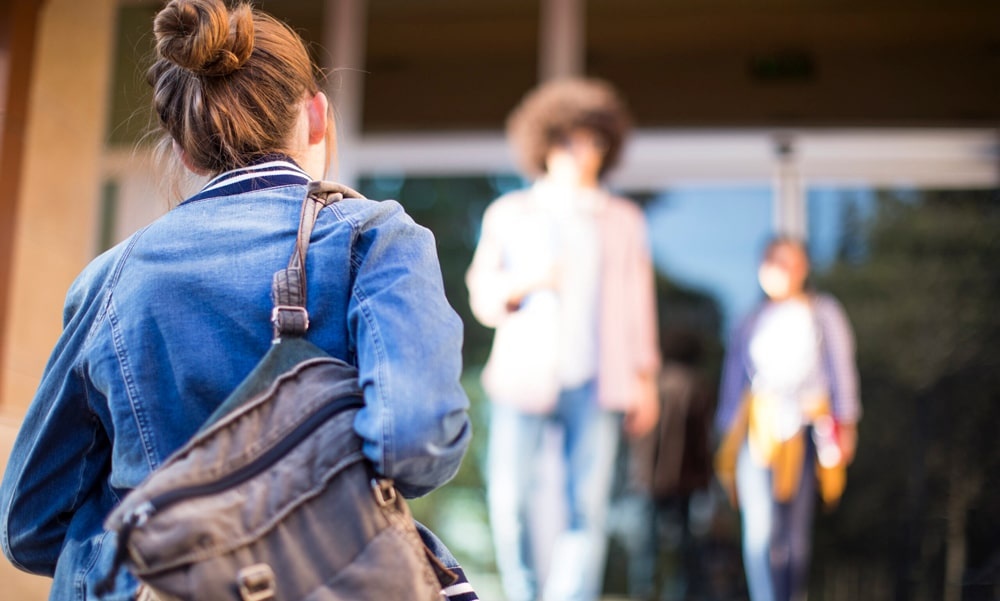
Five ways to improve campus safety and security
Campuses should be sanctuaries of learning, growth, and community. While active assailant scenarios remain a critical concern, institutions must also prepare for a broader range of potential threats.

Active shooter response plan for higher education
Advancements in technology can help keep educational institutions safe by integrating systems and automating processes through a single common operating picture.

Active assailant FAQs
Enhance preparedness through regular training, tabletop exercises, and technology integration to ensure employee safety and quick threat identification.
Implement response strategies with clear protocols, involving coordination with law enforcement for timely and effective actions during incidents.
Improve communication channels by utilizing multi-channel alert systems and secure messaging to deliver accurate, real-time information to all stakeholders.
